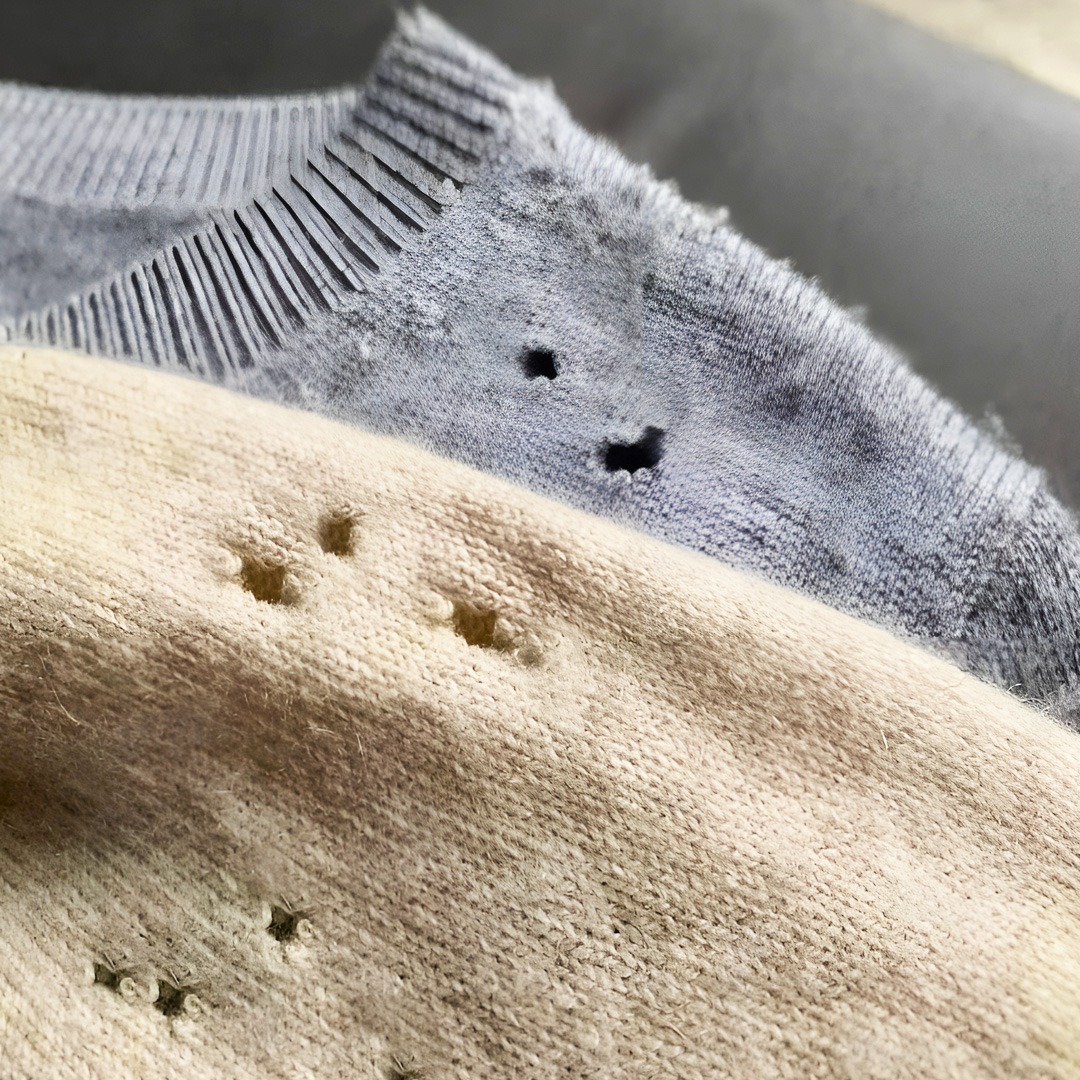ADVERTISEMENT
**Title: If You Find These Holes in Your Clothes, You Better Know What They Mean**
**Introduction:**
There’s nothing more frustrating than pulling your favorite shirt or sweater from the closet, only to discover small holes in the fabric. For many of us, this moment triggers confusion or annoyance, wondering what caused the damage and whether it can be fixed. Unfortunately, the mystery surrounding these holes can lead to misunderstandings. But there’s more to it than just a random incident of wear and tear. In fact, these holes might be trying to tell you something important about your clothing, your habits, or even your environment.
In this article, we’re going to break down what different types of holes in your clothes mean, how they happen, and the steps you can take to prevent them. Whether the holes are tiny and round, long and narrow, or in more unusual patterns, each type of hole can be a clue that helps you understand your clothing’s lifespan, the conditions in which they’ve been stored, and the habits that might be affecting their durability. By the end of this article, you’ll be equipped with knowledge on how to identify the cause of the holes, how to prevent them in the future, and tips for repairing clothes to give them a longer life.
—
### **1. The Mystery of the Tiny Round Holes: A Common Culprit Revealed**
If you notice small, round holes in the fabric of your clothes—often located in the front of the shirt or in areas where your arms or legs would naturally rub—there’s a good chance that your clothes have been affected by **clothing moths** or **clothes moth larvae**. These insects are one of the most common causes of holes in clothes, and they’re especially known to target natural fibers like wool, silk, and cotton.
#### **What Are Clothing Moths?**
Clothing moths are small insects that thrive in dark, undisturbed areas, such as closets, drawers, or storage bins. There are two common types of clothing moths: the **Webbing Clothes Moth** and the **Casemaking Clothes Moth**. These moths are not harmful to humans directly, but they are notorious for their destructive larvae, which feed on natural fibers like wool, cashmere, and fur. Moths are attracted to the scent of sweat, body oils, food stains, and other organic materials in clothing.
For Complete Cooking STEPS Please Head On Over To Next Page Or Open button (>) and don’t forget to SHARE with your Facebook friends
